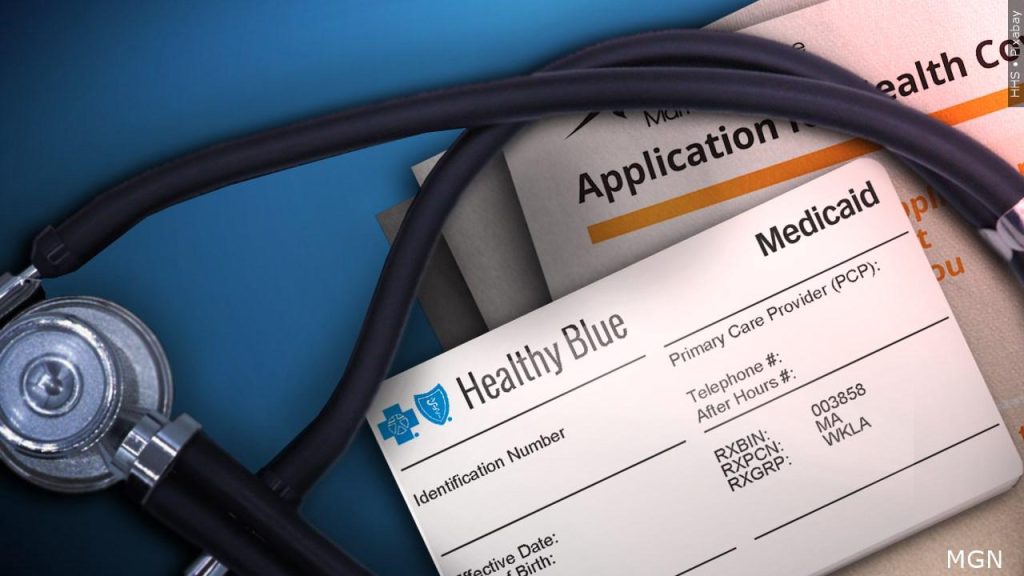
(WNY News Now) – A state audit has uncovered significant lapses in oversight, revealing that billions of Medicaid dollars were paid for home care services without the required electronic visit verification.
New York – Billions of dollars have been spent on Medicaid home care services for New Yorkers without the required verification that the services took place, according to a new audit from State Comptroller Thomas P. DiNapoli.
“Medicaid’s home care services are vital and allow many New Yorkers to remain in their homes and communities,” DiNapoli said. “We need to know that Medicaid recipients and New York state are getting the services that were paid for. This audit found a disturbing lack of oversight and failure to comply with the required service verifications. The state Department of Health needs to do a better job of protecting the integrity of these services and safeguard Medicaid funds.”
New York state implemented an electronic visit verification program to confirm the delivery of Medicaid personal care services (2021) and home health care services (2023) to validate service delivery and reduce improper charges to the program. Providers can submit information about their home visit using a phone app, landline phone, or fixed object placed in the home.
During the audit period, from January 2021 through March 2023, the state Department of Health (DOH), through the Medicaid program, paid providers more than $31 billion for personal care and home health care services including medical care and assistance with housekeeping, meals, bathing and toileting.
DiNapoli’s audit found Medicaid paid out:
$14.5 billion in personal care claims for 82 million services (44%) that had no matching electronic visit verification record.
$97.6 million in home health care claims reflecting 400,557 services (89%) that did not have a matching electronic visit verification record.
$11.6 million in claims for visits that lasted less than eight minutes —too short to be billable under Medicaid rules.
$9.7 million for home services provided when the patient was hospitalized and home visits should have been suspended.
DOH said the Medicaid claims processing system has a feature that can prevent payments for certain claims when there is no matching electronic verification record, however this feature was not turned on, auditors found.
The audit found the lack of oversight and monitoring of electronic verification records for in-home services contributed to the high number of payments that did not have matches to these records.
DiNapoli’s audit made 14 recommendations for improving the verification program, including that DOH officials review the Medicaid payments flagged by the audit for lacking verification and create an electronic visit verification compliance program to deny improper claims and recoup improper payments.
While DOH officials disputed the number of claims that had no matching verification (due to timing differences between when auditors and agency officials captured electronic visit verification data), and noted that the absence of electronic visit verification data alone may not indicate that the underlying claim was inappropriate, they said they planned to implement a program to increase providers’ compliance with electronic verification of home services and review current procedures to improve oversight.

